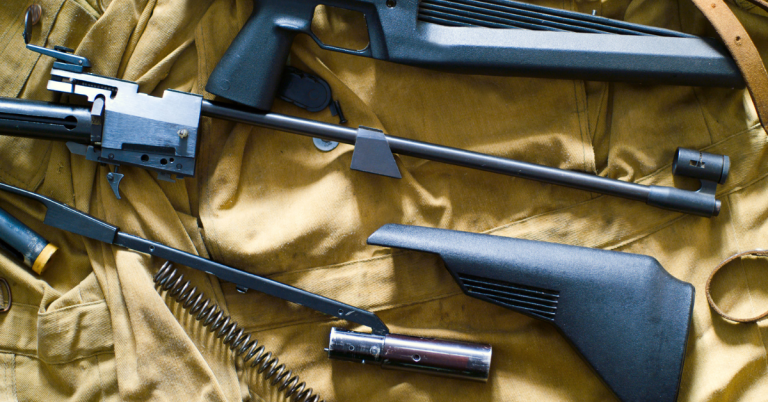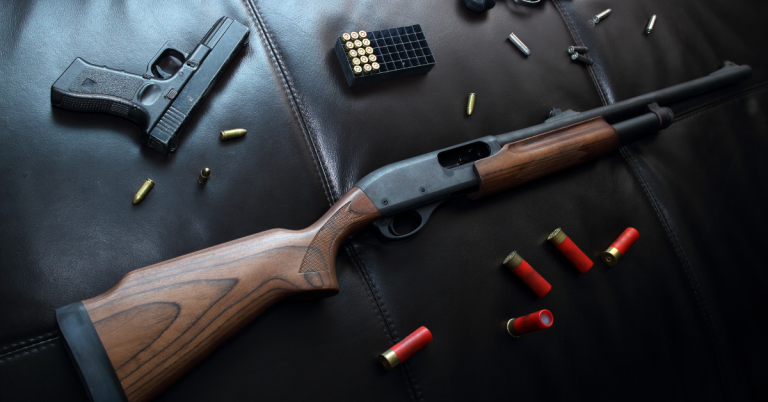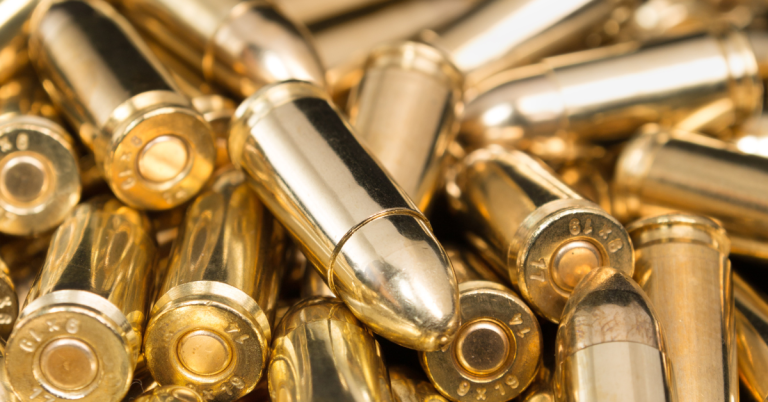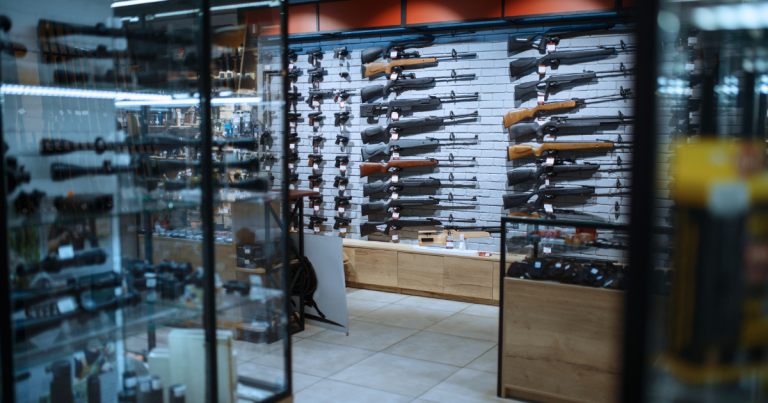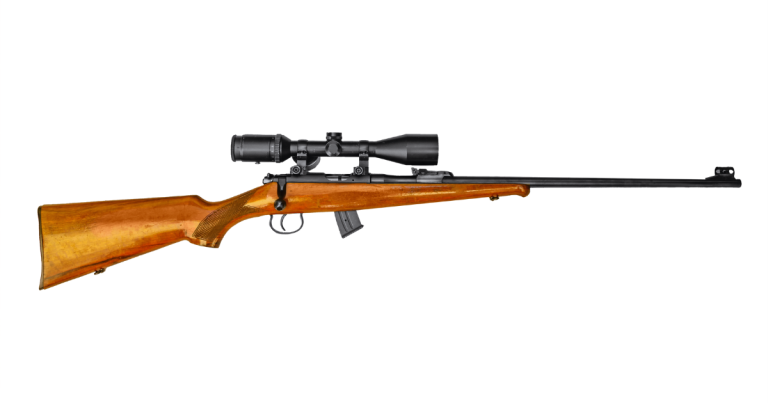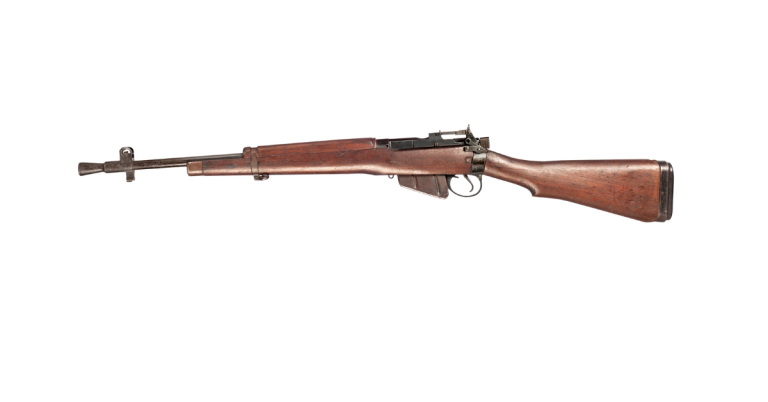CO2 Air Rifles
Introduction To CO2 Air Rifles
The world of hunting gear is vast and varied, with tools and equipment designed to enhance the hunting experience. Among these, air rifles hold a special place, offering a blend of tradition and technology. CO2 air rifles, in particular, have carved out a niche for themselves as a popular choice for hunters and shooting enthusiasts alike.
The Evolution of Air Rifles
The history of air rifles is rich and dates back to the 16th century, with the earliest models using a bellows mechanism. However, it wasn’t until the late 18th century that air rifles began to gain prominence, especially with the invention of the Girandoni air rifle, which offered multiple shots in rapid succession—a significant advantage over single-shot firearms of the time.
As we progressed through the Industrial Revolution, air rifles evolved with innovations such as rifled barrels and the spring-piston mechanism. These advancements brought air rifles into the mainstream, making them more accessible and popular among the masses.
The Advent of CO2 Technology
The introduction of CO2 technology in air rifles marked a significant milestone. CO2 air rifles use carbon dioxide as a propellant, which is stored in small canisters or larger tanks depending on the design. This technology was first practically applied in the mid-to-late 1870s by Frenchman Paul Giffard, who produced CO2 guns that were known for their quality and performance.
CO2 air rifles gained popularity due to their ease of use and consistent power delivery, making them ideal for target shooting and small-game hunting. The ability to fire multiple shots without the need for manual pumping or cocking made CO2 air rifles a desirable option for hunters looking for a reliable and efficient tool.
CO2 Air Rifles Today
Today, CO2 air rifles are celebrated for their precision, ease of maintenance, and versatility. They come in various models, each with unique features catering to different preferences and hunting needs. From backyard plinking to small game hunting, CO2 air rifles offer a level of adaptability that is hard to match.
As we continue to explore the advancements in hunting gear, CO2 air rifles stand out as a testament to human ingenuity and the relentless pursuit of improving the hunting experience. They are not just tools but a part of the hunter’s journey, evolving with time and technology to meet the ever-changing demands of the sport.
What Are CO2 Air Rifles?
Understanding CO2 Air Rifles: Mechanics and Propulsion
Air rifles have been a part of hunting and shooting sports for centuries, evolving with each technological advancement. Among the various types, CO2 air rifles stand out for their unique mechanics and use of carbon dioxide as a propellant. In this post, we’ll delve into the workings of CO2 air rifles and explore why carbon dioxide is a preferred choice for many shooters.
The Mechanics of CO2 Air Rifles
CO2 air rifles operate on a simple yet effective principle. They use small cartridges of pressurized carbon dioxide gas to propel pellets or BBs. When the trigger is pulled, the CO2 is released into a chamber behind the pellet. As the gas expands, it pushes the pellet down the barrel and out of the muzzle with significant force.
This mechanism allows for a semi-automatic firing experience, where multiple shots can be taken without the need to manually pump or cock the rifle between shots. It’s this convenience that has made CO2 air rifles a popular choice for target practice and small-game hunting.
Carbon Dioxide as a Propellant
Carbon dioxide is an ideal propellant for air rifles for several reasons. It’s readily available, affordable, and easy to store in small, high-pressure cylinders that fit seamlessly into the rifle’s design. The gas is released in a controlled manner, providing a consistent and reliable power source for each shot.
One of the key advantages of using CO2 is the ability to maintain a steady velocity over a series of shots. Unlike spring-powered air rifles, which can experience a drop in power with each successive shot, CO2 rifles maintain their velocity, ensuring accuracy and performance.
However, it’s important to note that CO2 air rifles can be sensitive to temperature changes. The density of CO2 gas varies with temperature, which can affect the rifle’s power and accuracy. Shooters must be mindful of this when using their rifles in different environmental conditions.
Advantages of CO2 Air Rifles
- Consistent Velocity: CO2 provides a consistent propulsion force, ensuring stable velocities shot after shot.
- Ease of Use: With no need for manual cocking, shooters can maintain focus on their aim and technique.
- Rapid Fire Capability: The semi-automatic nature of some CO2 air rifles allows for faster shooting sequences.
Considerations and Disadvantages
- Temperature Sensitivity: CO2 is sensitive to temperature changes, which can affect the pressure and, consequently, the velocity of the shots.
- Limited Power: While convenient, CO2 air rifles generally offer less power than their spring-piston or PCP counterparts.
- Cartridge Replacement: Shooters need to carry spare CO2 cartridges, as they will need replacing after a certain number of shots.
Choosing the Right CO2 Air Rifle
Selecting the Ideal CO2 Air Rifle: A Guide for Hunters and Enthusiasts
When it comes to choosing the right CO2 air rifle, there are several factors to consider that can influence your decision. Whether you’re a seasoned hunter, a target shooting enthusiast, or someone looking to manage pests, finding the perfect air rifle is essential for a satisfying experience. In this guide, we’ll walk you through the key considerations and offer tips to help you select the CO2 air rifle that best suits your needs.
Purpose: Identifying Your Shooting Goals
The first step in selecting a CO2 air rifle is to define your primary purpose for using it. Are you interested in target shooting, small game hunting, or pest control? Each activity may require different features from your air rifle.
- Target Shooting: For those who enjoy the precision and challenge of hitting bullseyes, a CO2 air rifle with high accuracy and consistent shot-to-shot velocity is crucial. Look for rifles with a good quality barrel and adjustable sights or scopes.
- Small Game Hunting: Hunters targeting small game will need a rifle with enough power to ensure a humane kill. In this case, a higher caliber and velocity are important. A .22 caliber rifle with a velocity over 600 FPS is often recommended for small game hunting.
- Pest Control: If you’re dealing with pests, you’ll want a rifle that’s easy to handle and quick to shoot. A semi-automatic CO2 air rifle can be advantageous for rapid follow-up shots in pest control situations.
Budget: Balancing Cost and Quality
Your budget will play a significant role in the type of CO2 air rifle you can afford. While it’s tempting to go for the cheapest option, investing in a quality rifle can save you money in the long run due to better durability and performance.
- Entry-Level: If you’re new to air rifles or have a limited budget, there are affordable models that still offer decent performance. The Crosman 1077, for example, is a popular choice for its reliability and semi-automatic action.
- Mid-Range: For those with a bit more to spend, mid-range rifles offer improved features such as better build quality, higher velocities, and enhanced accuracy.
- High-End: Serious shooters might consider investing in a high-end CO2 air rifle. These models often come with advanced features like precision barrels, adjustable triggers, and superior optics.
Personal Preferences: Customizing Your Experience
Personal preferences play a significant role in choosing an air rifle. Consider the following:
- Ergonomics: The rifle should feel comfortable in your hands. Adjustable stocks and grips can help tailor the rifle to your body.
- Aesthetics: The look of the rifle might be important to you. Whether you prefer a tactical appearance or a classic wood finish, choose a style that you’ll be proud to own and use.
- Accessories: Think about the accessories you might want to use, such as scopes, bipods, or slings. Ensure the rifle you choose is compatible with these add-ons.
Caliber and Velocity: Matching Your Shooting Needs
The caliber and velocity of your CO2 air rifle are critical factors, especially when hunting or controlling pests.
- Caliber: The most common calibers for CO2 air rifles are .177 and .22. The .177 is suitable for target shooting and pest control, while the .22 is better for hunting due to its higher impact energy.
- Velocity: Higher velocity can improve accuracy and range. For pest control or hunting, look for velocities over 700 FPS in .177 cal and over 600 FPS in .22 cal.
Maintenance and Safety
For hunting enthusiasts and target shooters, CO2 air rifles are a staple in their arsenal. However, like any firearm, they require regular maintenance and adherence to safety protocols to ensure they function properly and safely. In this blog post, we’ll cover the essential guidelines for the care and upkeep of CO2 air rifles, as well as the safety precautions necessary to handle and store them responsibly.
Maintenance Guidelines for CO2 Air Rifles
Proper maintenance is key to the longevity and reliability of your CO2 air rifle. Here are some steps to keep your rifle in top condition:
- Regular Cleaning: After each use, wipe down the exterior of your rifle with a clean cloth to remove dirt and moisture. For the barrel, use a cleaning rod with a soft cloth attachment to remove any residue.
- Check for Loose Screws: Ensure all screws and fittings are tight to prevent any loss of accuracy or mechanical failure.
- Lubrication: Apply a drop of airgun-rated oil to the moving parts and seals, such as the bolt and the CO2 cartridge seal. This will keep the components operating smoothly and prevent corrosion.
- CO2 Cartridges: Replace CO2 cartridges regularly and avoid leaving them in the rifle for extended periods, as this can lead to seal degradation.
- Storage: Store your CO2 air rifle in a cool, dry place to prevent rust and damage to the seals. Use a gun rack or case for added protection.
Safety Precautions and Best Practices
Safety should always be your top priority when handling CO2 air rifles. Follow these best practices to ensure a safe experience:
- Always Treat as Loaded: Even if you believe the rifle is unloaded, always handle it as if it were loaded and ready to fire.
- Muzzle Awareness: Keep the muzzle pointed in a safe direction at all times, away from people and potential ricochet surfaces.
- Use Proper Ammunition: Only use pellets or BBs designed for your specific model of CO2 air rifle to avoid damage and ensure safety.
- Eye Protection: Always wear shooting glasses to protect your eyes from potential debris or ricochets.
- Storage: When not in use, keep your CO2 air rifle stored securely, out of reach of children and unauthorized users.
- Education: Familiarize yourself with the owner’s manual and understand the specific maintenance and safety instructions for your CO2 air rifle model.
FAQs
How do I store CO2 cartridges to ensure they maintain performance?
Store CO2 cartridges in a cool, dry place away from direct sunlight and heat sources to prevent any loss of pressure or leakage.
What maintenance is required for CO2 air rifles?
Regular maintenance includes checking O-rings and seals for wear, lubricating moving parts, and ensuring the CO2 mechanism is clean and free of debris.
Are CO2 air rifles suitable for young or beginner shooters?
CO2 air rifles can be a good choice for beginners due to their ease of use, but supervision and safety training are essential due to their power.
Can I travel with my CO2 air rifle and cartridges?
Yes, but you must check the airline’s and destination’s regulations regarding the transportation of CO2 cartridges and air rifles.
What is the environmental impact of using CO2 cartridges?
CO2 cartridges are recyclable, but it’s important to dispose of them properly and consider the environmental footprint of using disposable canisters.

